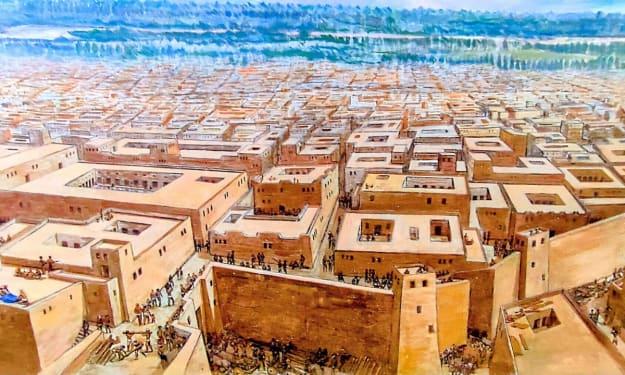Roman Roads: Engineering Marvels of the Ancient World
History

Roman roads, an iconic symbol of the ancient Roman Empire, exemplify the engineering prowess and strategic vision of Roman civilization. These extensive networks of roads facilitated not only military conquests but also trade, communication, and cultural exchange, playing a crucial role in the empire's expansion and cohesion. Constructed over a period of several centuries, Roman roads are a testament to the ingenuity and organizational skills of Roman engineers. In this article, we explore the history, construction techniques, and enduring legacy of Roman roads.
The construction of Roman roads began during the early years of the Republic, around 500 BCE, and continued to expand throughout the height of the empire. At their peak, the Roman road network spanned over 250,000 miles, including more than 50,000 miles of paved roads. This vast infrastructure connected the farthest reaches of the empire, from Britain in the northwest to Mesopotamia in the east, and from the Danube River in the north to North Africa in the south.
The primary purpose of Roman roads was to enable the rapid movement of military forces. The roads allowed legions to march quickly across vast distances, ensuring that Rome could respond to threats and maintain control over its territories. However, the roads also facilitated trade and communication, allowing for the efficient transport of goods, information, and people across the empire. This connectivity helped integrate the diverse cultures and economies within the empire, promoting stability and prosperity.
The construction of Roman roads was a meticulous and labor-intensive process, reflecting the Romans' advanced engineering skills. Roman roads were typically built in several layers to ensure durability and stability. The process began with the excavation of a trench, which was then filled with a foundation layer of stones or gravel, known as the *statumen*. Above this, a layer of smaller stones mixed with lime or sand, called the *rudus*, was laid. The next layer, the *nucleus*, consisted of a mixture of gravel, sand, and lime. Finally, the top layer, the *summum dorsum*, was made of large, flat stones fitted tightly together to create a smooth, durable surface.
The roads were designed with a slight curvature, or camber, to facilitate drainage and prevent water from pooling on the surface. Ditches were often dug along the sides of the roads to further aid in drainage. Additionally, the roads were constructed to be straight whenever possible, taking the most direct route between destinations. This emphasis on direct routes, combined with the durability of the construction, allowed Roman roads to remain usable for centuries.
Milestones were placed along Roman roads to mark distances, typically one mile apart. These milestones provided travelers with information about the distance to the nearest towns and cities, as well as the name of the emperor or official responsible for the road's construction. Inns and rest stations, known as *mansiones* and *mutationes*, were established along the roads to provide lodging, food, and fresh horses for travelers, further enhancing the efficiency of the road network.
The impact of Roman roads on the empire was profound. They enabled the efficient administration of a vast and diverse empire, allowing for the rapid dissemination of laws, decrees, and information. They facilitated trade and commerce, contributing to the economic prosperity of the empire by allowing goods to move quickly and efficiently between regions. The roads also played a crucial role in the cultural integration of the empire, enabling the exchange of ideas, languages, and traditions among the diverse peoples within Roman territory.
Even after the fall of the Roman Empire, the legacy of Roman roads endured. Many of these ancient roads continued to be used throughout the medieval period and into modern times. The principles of Roman road construction influenced later engineering practices, and some modern highways in Europe still follow the routes established by Roman engineers.
In conclusion, Roman roads stand as a monumental achievement in the history of engineering and infrastructure. Their construction required immense skill, organization, and resources, and their impact on the Roman Empire was immeasurable. By facilitating military movements, trade, communication, and cultural exchange, Roman roads helped to create a connected and cohesive empire that endured for centuries. Today, the remnants of these ancient roads continue to inspire awe and admiration, reminding us of the enduring legacy of Roman engineering and the profound impact of infrastructure on human civilization.
About the Creator
Marveline Merab
“History never repeats itself. Man always does.”
― Voltaire
Enjoyed the story? Support the Creator.
Subscribe for free to receive all their stories in your feed. You could also pledge your support or give them a one-off tip, letting them know you appreciate their work.






Comments
There are no comments for this story
Be the first to respond and start the conversation.